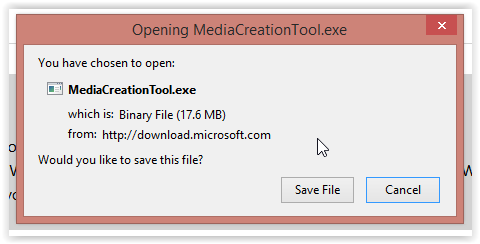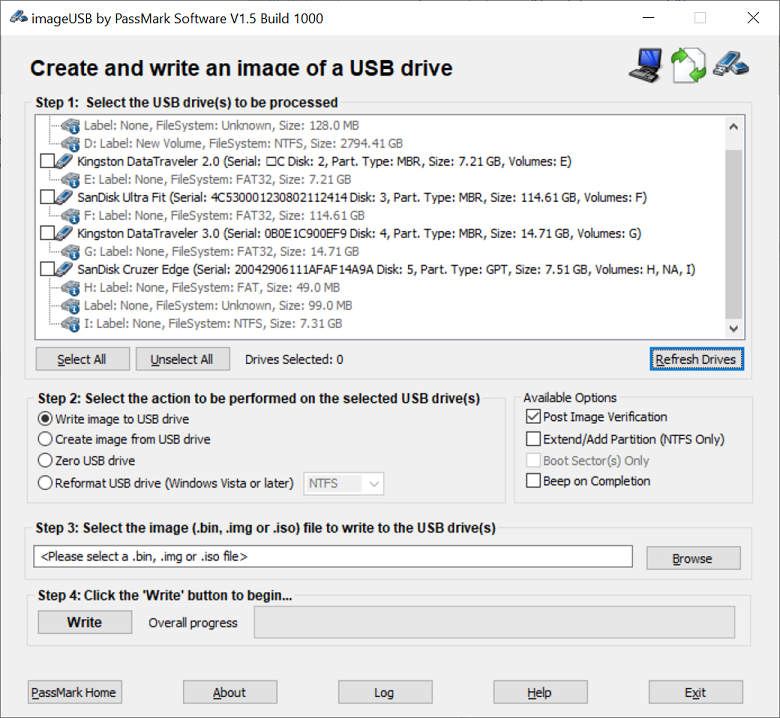
To create a USB media with an existing Windows 10 ISO file, connect a flash drive of at least 8GB of space, and use these steps:
Windows 10 usb tool exe install#
Create install flash drive with Windows 10 ISO The utility offers two ways to make the installation media, including using an existing ISO file or downloading the image from the Microsoft servers directly from the app. If the Media Creation Tool does not work or you do not want to use it, then you can try Rufus, a popular free third-party tool that allows you to create an installation media with support for UEFI devices.
Windows 10 usb tool exe how to#
How to create Windows 10 UEFI boot media with Rufus

There is a 30-day money-back guarantee, so give it a shot today. It offers a great mix of speed, reliability, outstanding customer service, and affordability. This is our top pick for anyone looking to get started with a VPN. Once you complete the steps, the Media Creation Tool will download the files and will create a bootable USB flash drive that you can use to install Windows 10 on computers with support for UEFI and BIOS. (If you do not see the device, click the Refresh drive list option.) Quick tip: If you plan to install Windows on multiple computers running 32-bit and 64-bit architectures, use the "Architecture" drop-down menu and select the Both option to create a media that will work on both systems. Select the correct language, architecture, and edition of Windows 10 (if applicable). (Optional) Clear the Use the recommended options for this PC option.

Select the Create installation media (USB flash drive, DVD, or ISO file) for another PC option. Click the Accept button to agree to the applicable license terms.Double-click the MediaCreationToolxxxx.exe file to launch the setup.Under the "Create Windows 10 installation media" section, click the Download tool now button to save the file. To create a Windows 10 USB media, connect a flash drive of at least 8GB of space, and then use these steps:
Windows 10 usb tool exe upgrade#
On Windows 10, the Media Creation Tool is the option available for creating a bootable USB media to perform an in-place upgrade or clean installation. How to create Windows 10 UEFI boot media with Media Creation Tool
:max_bytes(150000):strip_icc()/A2-InstallWindows10FromUSB-annotated-2aad512d1daf49e580b0cb8eb4625226.jpg)
You can use the Microsoft Media Creation Tool to download the files onto a removable storage with support for both firmware types (UEFI and legacy BIOS). On Windows 10, you can use at least two tools to create a USB bootable media. However, if you have a device that has a Unified Extensible Firmware Interface (UEFI), instead of the legacy Basic Input/Output System (BIOS), it is crucial to use the correct media for the firmware type to complete the installation successfully. At the time of installing a fresh copy of Windows 10, you typically use a USB flash drive to launch the "Windows Setup" wizard to continue with the installation process.


 0 kommentar(er)
0 kommentar(er)
